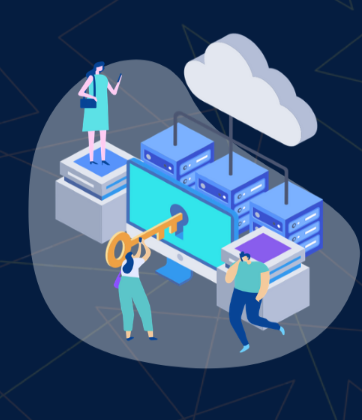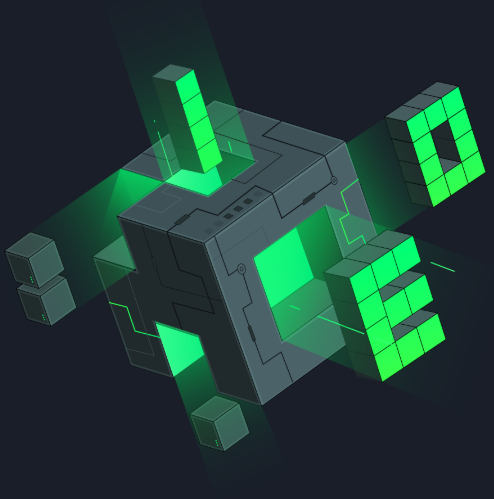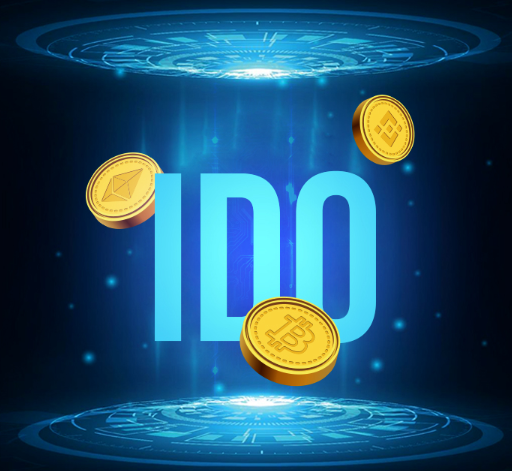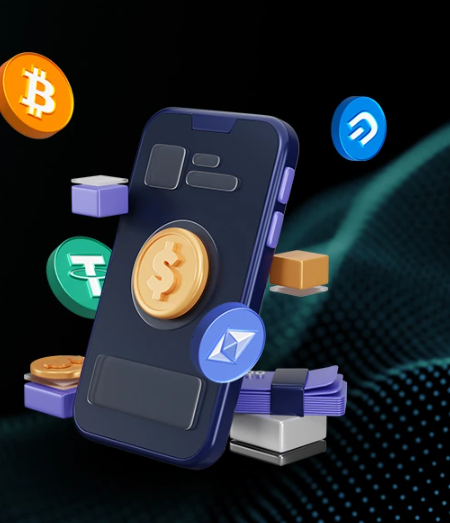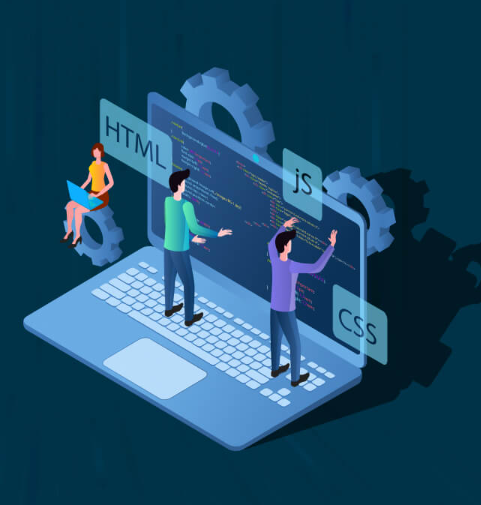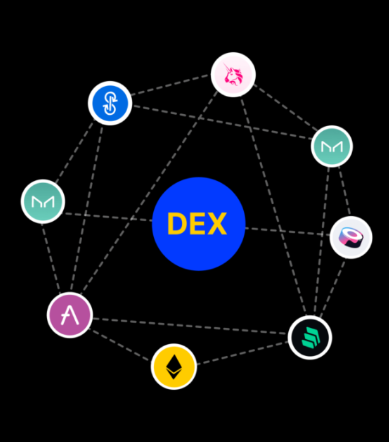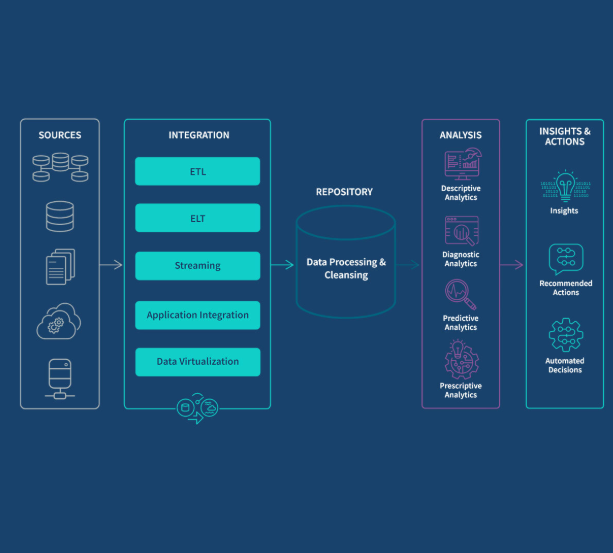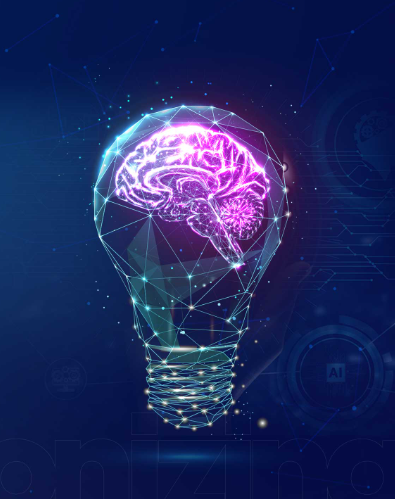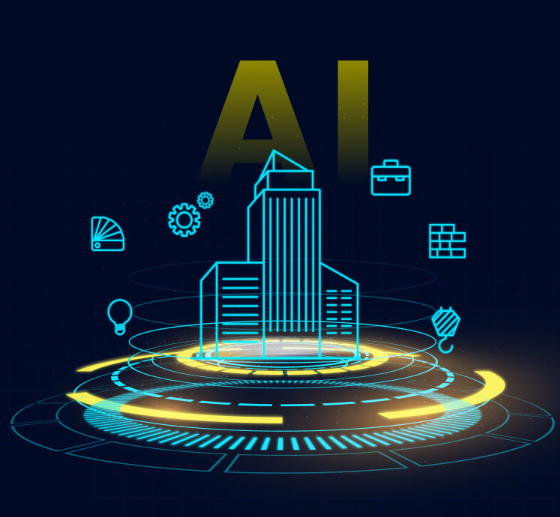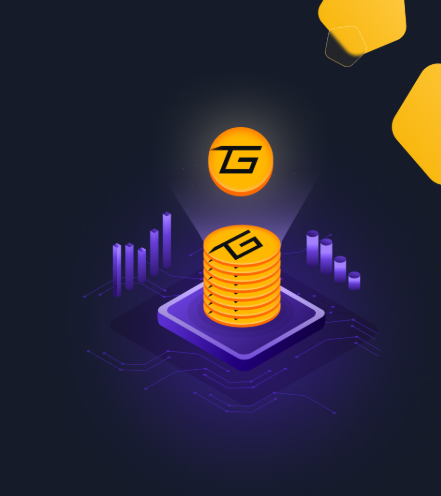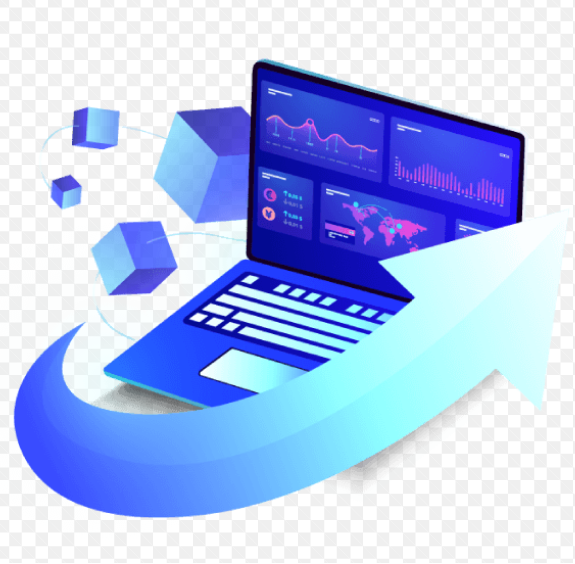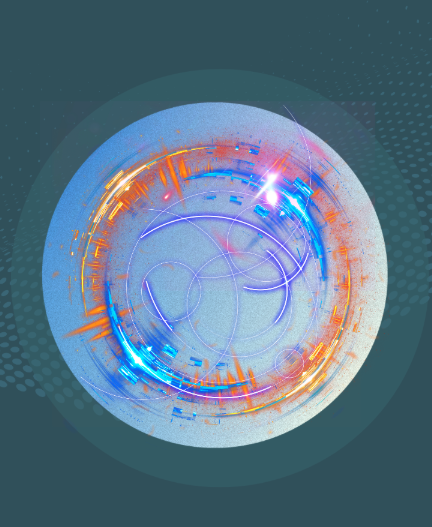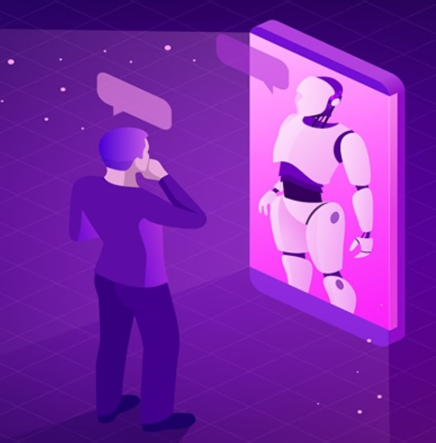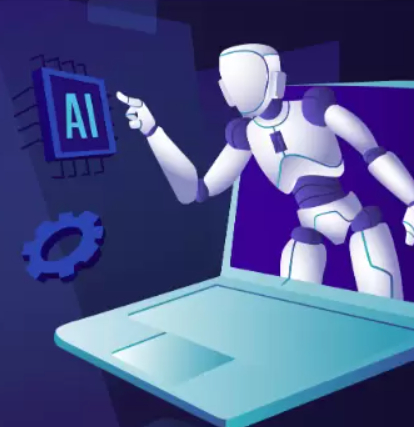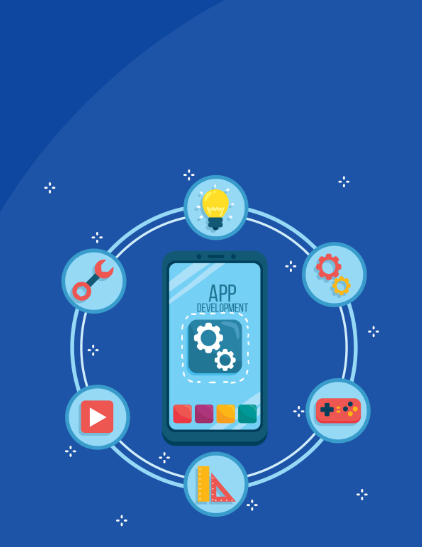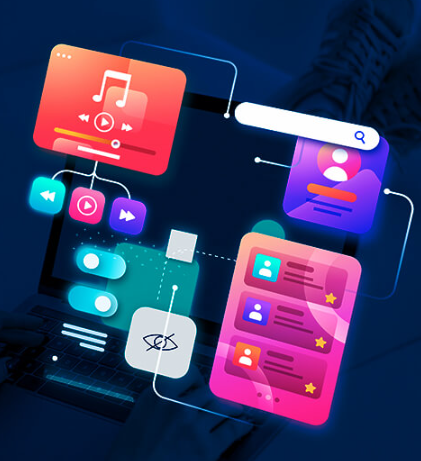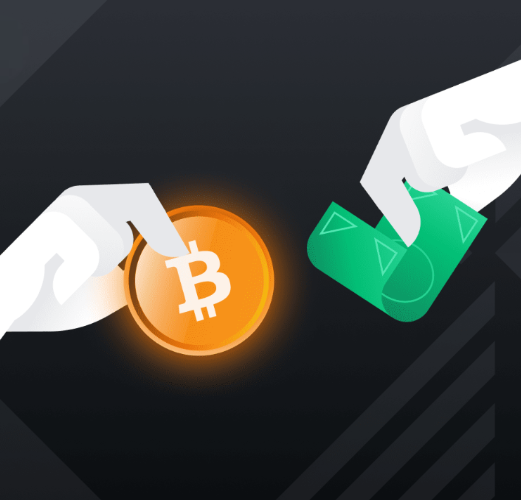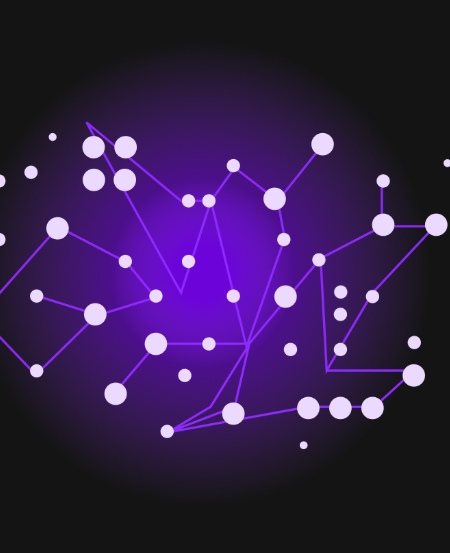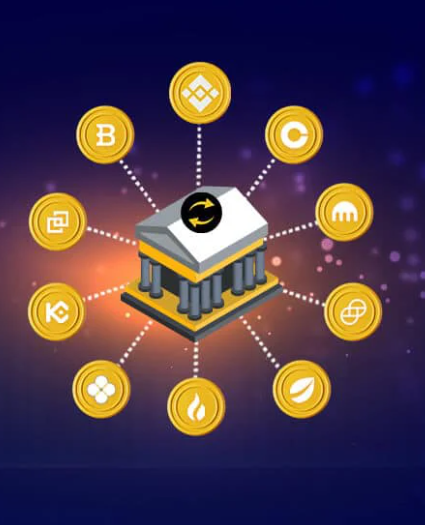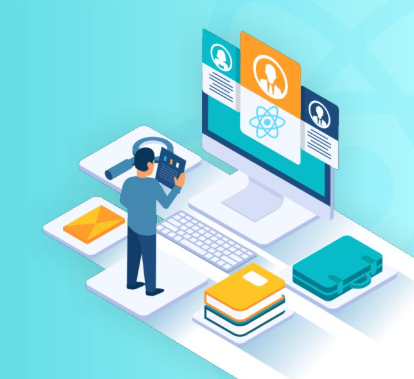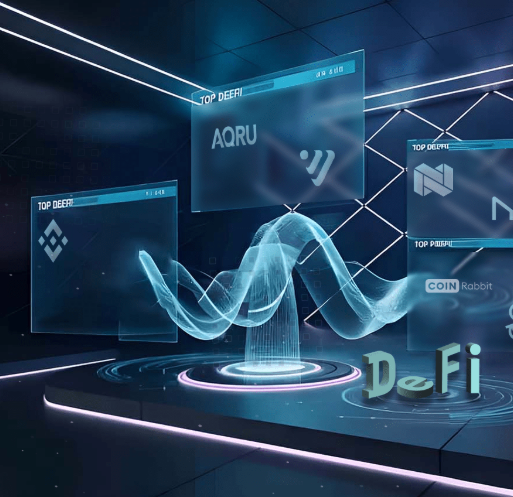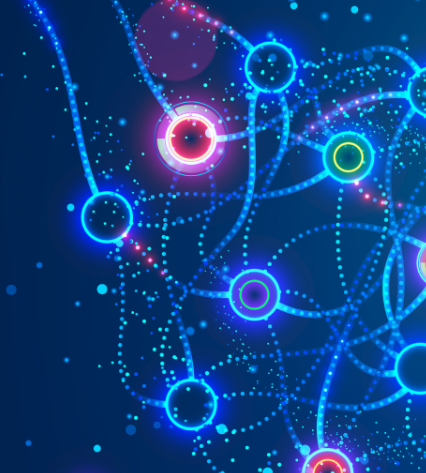
Tokenization is a crucial step in natural language processing (NLP), converting raw text into smaller, structured units known as tokens. These tokens—whether words, characters, or subwords—are essential for NLP algorithms to understand and process human language. Tokenization serves as the foundation for tasks like sentiment analysis, machine translation, and voice assistant functionality, playing a key role in transforming free-form text into something machines can comprehend and analyze.
As the demand for NLP solutions continues to grow, tokenization remains at the heart of many applications. This guide dives into the methods, tools, and challenges involved in tokenization, offering insights into its role and importance in NLP.
What is Tokenization in NLP?
In NLP, tokenization refers to the process of splitting a text into smaller segments called tokens. These tokens can vary from words, characters, subwords, or sentences depending on the method chosen. Tokenization serves as a preprocessing step, enabling algorithms to handle text more efficiently and accurately. This step is vital in preparing text data for use in machine learning models, allowing them to make sense of the input and perform tasks such as categorization, sentiment analysis, and translation.
How Tokenization Works in NLP
Tokenization is a multi-step process designed to convert raw text into meaningful tokens:
- Text Input: The tokenization process begins with raw text, which can include anything from articles to user queries or spoken transcripts. This text might contain inconsistent punctuation, misspellings, or other irregularities, which need to be addressed before splitting the text into tokens.
- Normalization: The text undergoes preprocessing to standardize it. This could include converting the text to lowercase, correcting misspellings, or removing unnecessary symbols to create consistency for tokenization.
- Defining Token Boundaries: Delimiters, such as spaces, punctuation, or special symbols, define where one token ends and another begins. The tokenization algorithm identifies these boundaries to split the text appropriately.
- Applying the Tokenization Algorithm: Using either rule-based or statistical methods, the algorithm breaks the text into tokens according to the defined boundaries. The choice of method can impact how accurately the algorithm handles linguistic nuances.
- Output Tokens: The resulting tokens are then returned as a sequence, each representing a meaningful unit of language, ready for further NLP tasks.
- Post-Processing: After tokenization, additional steps like stemming or lemmatization might be applied to further refine the tokens by reducing redundancy or standardizing word forms.
Why is Tokenization Important in NLP?
Tokenization is critical for many NLP tasks. It makes raw text machine-readable by transforming it into a format that can be analyzed for various purposes, such as:
- Text Classification: Tokenization enables the categorization of text by breaking it into manageable pieces. It allows algorithms to detect patterns, frequencies, and contextual relationships, essential for classifying documents or messages into predefined categories.
- Sentiment Analysis: By segmenting text into tokens, sentiment analysis models can pinpoint emotional cues like adjectives and other key phrases, improving their ability to determine the sentiment of a piece of text.
- Named Entity Recognition (NER): Tokenization ensures proper identification of named entities, such as people, locations, or organizations, by providing clear boundaries that help NLP models accurately recognize and categorize them.
- Machine Translation: Tokenization is vital in translation tasks, ensuring that each linguistic unit is appropriately mapped to its counterpart in another language. This is key for producing accurate and contextually appropriate translations.
Common Use Cases for NLP Tokenization
Tokenization is at the heart of many technologies we rely on daily. Here are some key use cases:
- Chatbots: Tokenization helps chatbots understand user input by breaking down sentences into individual tokens. This aids in processing commands, identifying key phrases, and generating accurate responses.
- Search Engines: By tokenizing user queries, search engines can index and match relevant results more effectively, improving the accuracy of searches and enhancing user satisfaction.
- Voice Assistants: Tokenization plays a crucial role in voice recognition systems. After converting speech to text, it helps voice assistants like Siri and Alexa interpret commands, set reminders, or fetch data accurately.
- Spam Detection: Tokenization helps identify patterns commonly associated with spam, such as repetitive phrases or unusual characters, enabling better spam filtering.
- Blog Generation: In content generation, tokenization ensures that models like GPT can continue writing logically by maintaining coherence in sentence flow and grammar.
Challenges in NLP Tokenization
While tokenization is essential, it comes with its own set of challenges:
- Lack of Clear Word Boundaries: Some languages, like Chinese, don’t use spaces to separate words, making tokenization particularly challenging. Special models or dictionaries are often required to handle these languages accurately.
- Contractions and Compound Words: English contractions and compound terms can complicate tokenization. A model must recognize these patterns to avoid misinterpreting the meaning of the text.
- Special Characters and Symbols: Social media symbols, emojis, or hashtags can carry specific meanings. Deciding whether to retain, discard, or treat these symbols as tokens can impact NLP tasks like sentiment analysis.
- Multilingual Tokenization: Tokenizing multilingual content can be difficult, especially when switching between languages with different grammar structures. This requires specialized algorithms to handle code-switching and mixed-language inputs.
- Contextual Awareness: Tokenizers sometimes struggle with context, leading to errors in identifying polysemous words or idioms, which can affect downstream tasks like summarization or entity recognition.
Types of Tokenization
There are several methods of tokenization, each suited for different tasks and languages:
- Character Tokenization: This method breaks text into individual characters, which is useful for languages with complex morphology but can lack semantic clarity.
- Word Tokenization: Commonly used in space-delimited languages like English, this method splits text into words but can struggle with contractions or punctuation.
- Subword Tokenization: Techniques like Byte-Pair Encoding (BPE) or WordPiece break down words into smaller meaningful subwords. This method helps handle rare or compound words and improves model generalization.
- Sentence Tokenization: This method divides text into sentences. It’s essential for tasks like summarization or translation but can be challenging when dealing with abbreviations or informal writing.
- N-gram Tokenization: N-grams create overlapping sequences of words or characters, which can help capture phrase-level patterns useful in text classification and predictive typing.
Which Type of Tokenization Should You Use?
The choice of tokenization method depends on your specific application and language. Word tokenization may suffice for simple tasks in English, but more complex scenarios, such as legal or biomedical text, may benefit from subword or sentence tokenization. When working with large-scale data or multilingual applications, subword methods like Byte-Pair Encoding are ideal for reducing vocabulary size without sacrificing accuracy.
Popular Tokenization Methods
Several tokenization methods are widely used in NLP:
- Byte-Pair Encoding (BPE): BPE iteratively replaces the most frequent pairs of characters or subwords with single tokens, helping models handle rare words and improve generalization.
- Transformer-Based Tokenization: Models like BERT and GPT use subword methods such as WordPiece or SentencePiece to efficiently handle large vocabularies with fewer tokens.
- Statistical Methods: These methods use frequency and co-occurrence statistics to learn token boundaries from large corpora, offering flexibility for languages without clear delimiters.
- Rule-Based Tokenization: Rule-based methods use handcrafted linguistic rules to define token boundaries. They are useful in constrained environments but less adaptable to informal or mixed-language inputs.
- Whitespace Tokenization: The simplest method, dividing text based on spaces. It’s fast but doesn’t handle punctuation or compound words well, making it suitable for basic NLP tasks.
Tokenization Tools and Libraries
Several tools and libraries simplify the tokenization process:
- NLTK (Natural Language Toolkit): A comprehensive library with various tokenization options, perfect for academic or research purposes.
- spaCy: Known for its speed and accuracy, spaCy supports multilingual tokenization and is ideal for real-time applications.
- HuggingFace Tokenizers: Offers optimized tokenization for transformer models, including BPE and WordPiece, ideal for deep learning tasks.
The Future of Tokenization in NLP
Tokenization is evolving, with newer approaches incorporating self-supervised learning and context-aware systems. These advancements promise to improve multilingual and multimodal tokenization, leading to more accurate and efficient NLP systems.
Conclusion
Tokenization is a fundamental component of NLP, enabling machines to understand and process human language. By breaking text into manageable units, it allows algorithms to perform tasks like sentiment analysis, translation, and chatbot functionality. As the field advances, tokenization will continue to evolve, adapting to new languages, dialects, and complex inputs. Understanding its challenges and methods will help you build more robust and accurate NLP applications.


